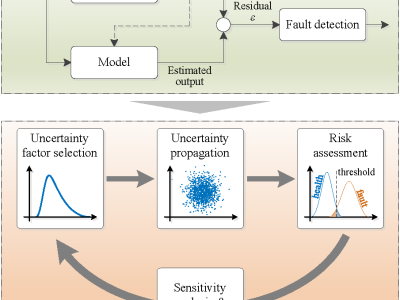
This dataset webpage contains datasets and models
- inductionmotor1.zip
- inductionmotor2.zip
- inductionmotor3.zip
- pmsm1.zip
- pmsm2.zip
- pmsm3.zip
- BLDC1.zip
- BLDC1.zip
This dataset is used in my LAST Invited, keynote Speaker and 1st Special Session, AAE-2025*.
- Categories:






